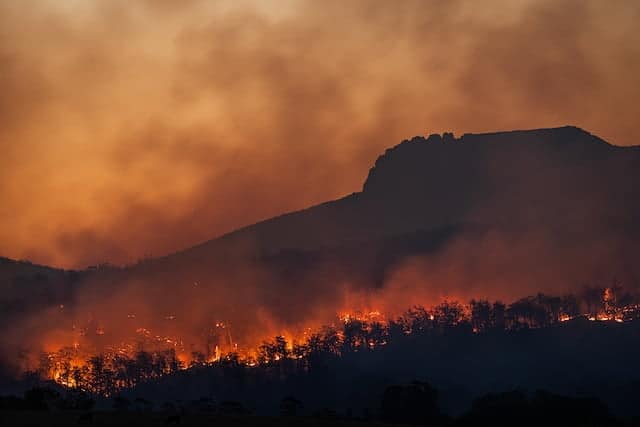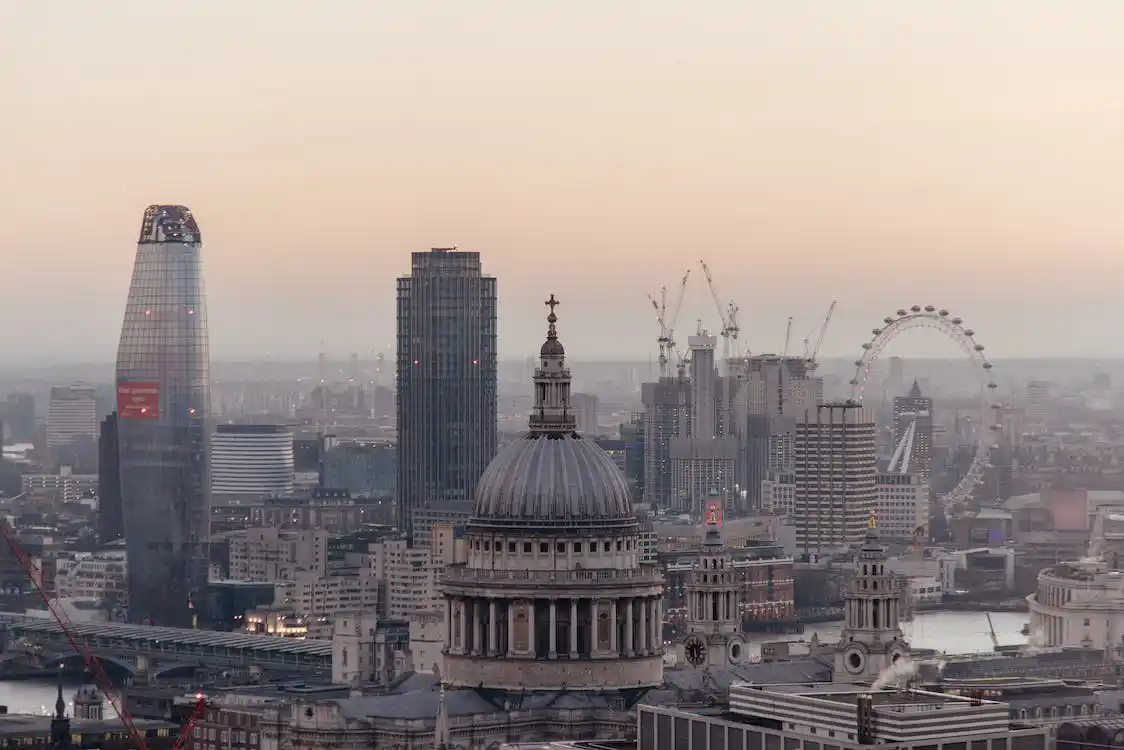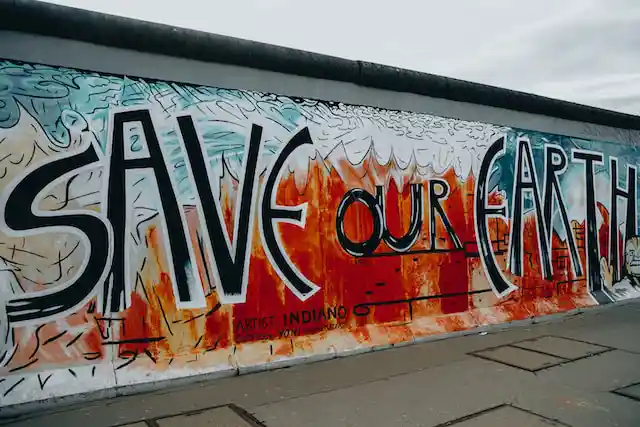A Symphony of Sorrow: The Haunting Melody of Climate Change
As the sun rises upon our fragile world, a symphony of sorrow unfolds, resonating with the heartbreaking truth that we face today. Among the myriad of challenges we confront, none cast a darker shadow than the relentless grasp of climate change. Like an ancient tale of tragedy, this epic phenomenon entwines itself with the tapestry of human progress, threatening to unravel the very fabric of our existence. The discordant notes of rising temperatures and shifting ecosystems orchestrate a haunting melody, singing of a future fraught with peril. Let us journey through this ethereal symphony, exploring the reasons why climate change stands as the greatest threat to our shared destiny.
A Prelude of Understanding
Before we delve into this mournful melody, let us first understand the essence of climate change’s somber cadence. At its core, climate change is the grand ballet of our Earth’s intricate systems. It is the dance of greenhouse gases, interwoven with the warmth of the sun, creating a delicate balance that sustains life. Yet, through human actions, this balance is disrupted, unleashing a tempest of consequences upon both nature and civilization.
The Crescendo of Catastrophe: Impact on Natural Ecosystems
In this symphonic saga, the first movement resonates with the impact on our cherished natural ecosystems. Like an ancient forest mourning the loss of its guardians, biodiversity suffers under the weight of our carbon footprint. Deforestation’s mournful cries echo through the ages, leaving barren scars on the Earth’s canvas. The oceans, once harmonious and brimming with life, now face the bitter taste of acidification, endangering the creatures of the deep.
A Dirge of Desolation: Effects on Human Health
The second movement unfolds as a haunting dirge, casting its shadow over human health. Heatwaves rise like a crescendo, inflicting their agony upon humanity. Infectious diseases, once mere whispers in the night, now roar like a dissonant chorus, their impact amplified by climate change’s touch.
The Weeping Waltz: Water Scarcity and Food Insecurity
As the waltz of water scarcity commences, the third movement dances upon arid lands. Droughts pirouette with crop failures, leaving behind a landscape painted in sorrow. Livestock and fisheries lament their fate, as the symphony of hunger plays on, leaving millions in its wake.
The Symphony of Suffering: Economic and Societal Challenges
The fourth movement marches forward, a symphony of suffering etched in the struggles of economies and societies. Livelihoods crumble like ancient ruins, and the sound of climate-induced migration reverberates through the lands. Injustice adds another layer of dissonance, as the most vulnerable bear the brunt of this tragic opus.
A Symphony of Shadows: Climate Change and National Security
The fifth movement rises ominously, casting a shadow on the realm of national security. Geopolitical tensions arise like thunderclaps, as nations clash over dwindling resources. In this symphony of shadows, resource conflicts paint a bleak portrait of humanity’s darker nature.
Harmony Amidst Chaos: Mitigation and Adaptation Strategies
Yet, amidst the chaos of this symphony, glimmers of hope emerge. The sixth movement sings of mitigation and adaptation strategies, a harmony of resilience and innovation. The transition to renewable energy forms a luminous thread, weaving its way through the fabric of our struggle. Sustainable agricultural practices and reforestation efforts breathe life into a dying world.
The Chorus of Unity: The Role of Governments and International Cooperation
The seventh movement ascends as a mighty chorus, calling for unity and international cooperation. The Paris Agreement stands as a symphony of hope, a testament to humanity’s willingness to stand together, despite the cacophony of differences. Challenges persist, but the strength of collaboration remains a beacon in this storm.
A Rhapsody of Tomorrow: Innovation and Technological Advancements
In the eighth movement, a rhapsody of tomorrow unfolds, resonating with innovation and technological advancements. Clean energy soars like a phoenix, promising a brighter future. Carbon capture and storage add new hues to the symphony, a testament to human ingenuity.
The Power Within The Role of Individuals
In this penultimate movement, the power of the individual crescendos is a force of change within the symphony. Each step taken, each choice made, contributes to the melody of hope. The symphony calls upon us to be the agents of harmony, to embrace the conductor’s baton and shape a symphony of renewal.
A Harmonious Finale: Overcoming Barriers and Seeking Climate Justice
As the symphony reaches its climax, we confront the barriers that impede our progress. Fossil fuel lobbying sounds a dissonant note, threatening the harmony we seek. Yet, the desire for a better future compels us to shift away from the paradigms of the old. The call for climate justice resounds as a majestic finale, advocating for fairness and equity in this grand concerto of life.
Conclusion
In the twilight of this symphony, one truth remains clear: climate change is undeniably the greatest threat to human progress. But we are not powerless in the face of this tragedy. As we confront the discordant notes of our past, we must embrace the crescendo of change. The symphony of sorrow can evolve into a symphony of hope, and through our collective efforts, we shall rewrite the score of our future.
FAQs
- Is climate change reversible?
While some of its impacts are irreversible, urgent action and global cooperation can slow down its progression and mitigate its effects. - What can individuals do to combat climate change?
Individuals can make a difference by adopting sustainable practices, reducing their carbon footprint, and advocating for climate-conscious policies. - How does climate change affect wildlife?
Climate change disrupts ecosystems and habitats, leading to species extinction, migration shifts, and imbalances in food chains. - What role do businesses play in addressing climate change?
Businesses can drive change by adopting eco-friendly practices, investing in renewable energy, and supporting sustainable initiatives. - How can we build resilience against climate change impacts?
Building resilience involves developing adaptive strategies, investing in infrastructure, and promoting community-based solutions.
Read About these topics
Read About Climate Change











